Music and Jazz Education Fail Most Students
As unpopular a stance as it might be, the way most people teach jazz improvisation is flawed and antithetical to cultivating a distinct musical identity. More information (e.g., books on harmony, improvisation, music theory, etc.) is available to the students of today than ever before; however, this has not produced more unique players than before this explosion of information.
Most students are more technically proficient and knowledgeable about music theory, yet these same students seldom develop an identifiable voice of their own; however, this deficiency is hardly the complete fault of the player. In many cases, blame cannot be placed on the teacher; teachers teach only what they have learned. A teacher who has relied on copying, emulating, and working out ideas will teach those to their students.
Players need proper guidance to make sense of the large amounts of information. Information for its own sake is useless; this is equivalent to relying only on a dictionary to learn how to speak a language. Memorizing all of the words and their meanings in the dictionary will not make up for a poor sense of grammatical underpinnings necessary to make even the simplest intelligible statement. The student needs to understand through their approach so that ignorance will remain.
Is this some campaign against play-a-longs and music books? Not at all. The central issue here is the popular fallacy often fed to students: if you practice all your patterns, licks, clichés, scales, and favorite players’ ideas and know your theory, you will become a great player— nonsense. If this is all a student needs to be a great musician, there would be more great players now than ever.
An emphasis on playing “hip”’ is more frequently placed on students today. Ironically, many fail to realize that the players such as John Coltrane, Miles Davis, and Wayne Shorter all started out playing inside the harmony for many years before they began exploring modality and bitonality. This lack of vision has led to the cart-before-the-horse situation in which students attempt to go straight into modal and bi-tonal music without having any foundation in playing tonally; this makes as much sense as trying to learn calculus without first knowing basic arithmetic.
What is the answer to all of this confusion? As with anything, there is no one solution. An awareness of the problem is the first step. All too often, the student gains awareness after many years have already passed. In my case, I have had two fantastic mentors, Jimmy Bruno and Jimmy Amadie. The former helped teach me the guitar, while the latter taught me harmony and how to find my improvisational voice.
Bruno and Amadie have published books that I recommend. Bruno’s books on guitar fingerings and picking techniques are excellent for students of the plectrum-based guitar. Amadie’s books on harmony and improvisation are a godsend to students who have experienced intense frustration at being unable to find their musical fingerprint.
To the cynics who believe I recommend my mentors’ works only because I was a student of theirs for many years: you are very much mistaken. I doubt many would argue that Amadie and Bruno are hacks who do not know how to teach. Many players I teach and have taught have benefited from the approaches these two men developed.
Although there are exceptions, most books I have come across contain a lot of useful information, yet they offer the student little or no direction. As a result, the student has to make sense of the information with little or no guidance.
The student needs to have a tremendous ear and discover a system independently to advance. As someone who has struggled, I can empathize. However, in the seemingly endless sea of information on playing music, there exist approaches that can help. But the student must be aware enough to recognize the works that best assist them.
Pervasive ignorance of students usually stems from the so-called educator who is aware of these practical approaches but does not acquaint themselves with them. Sadly, this phenomenon is not rare: many teachers are too lazy to learn about a new system, especially when they have fallen into a convenient routine. Who loses the most in this situation? (Hint: not the teachers)
Have you been through a jazz course? What was your experience? Please share below.
